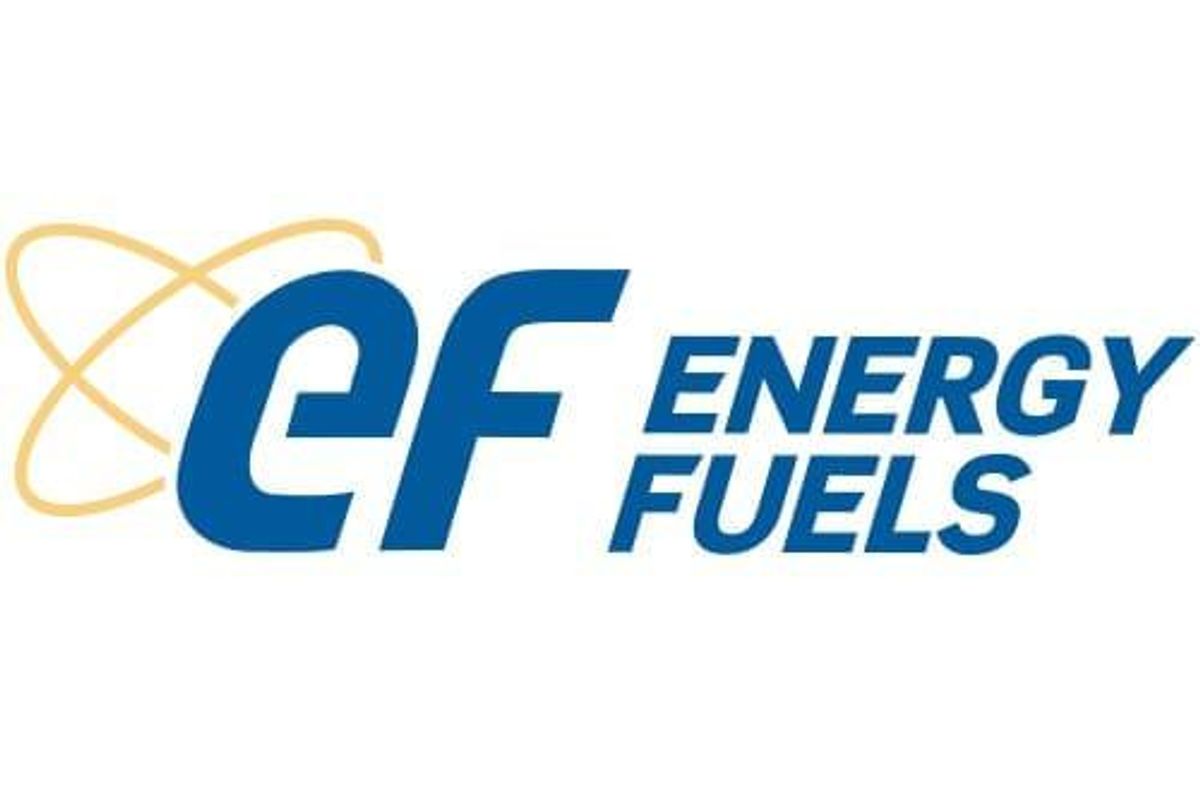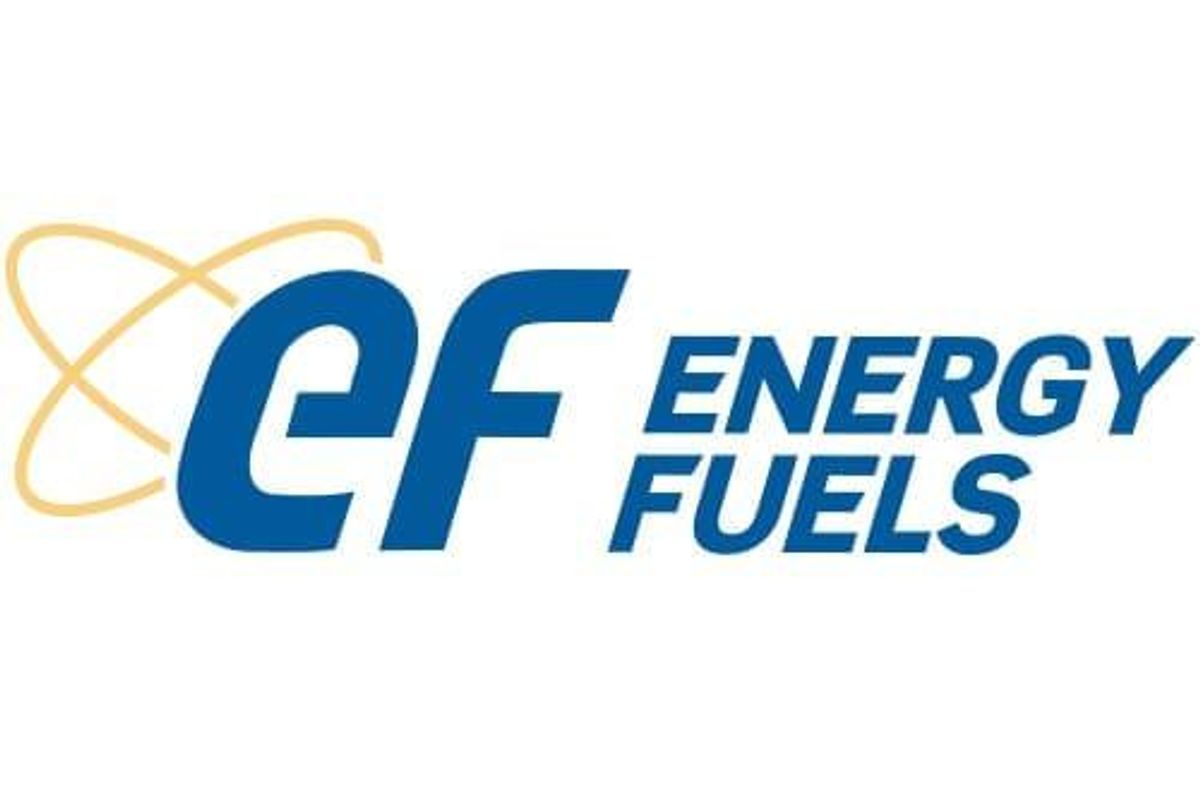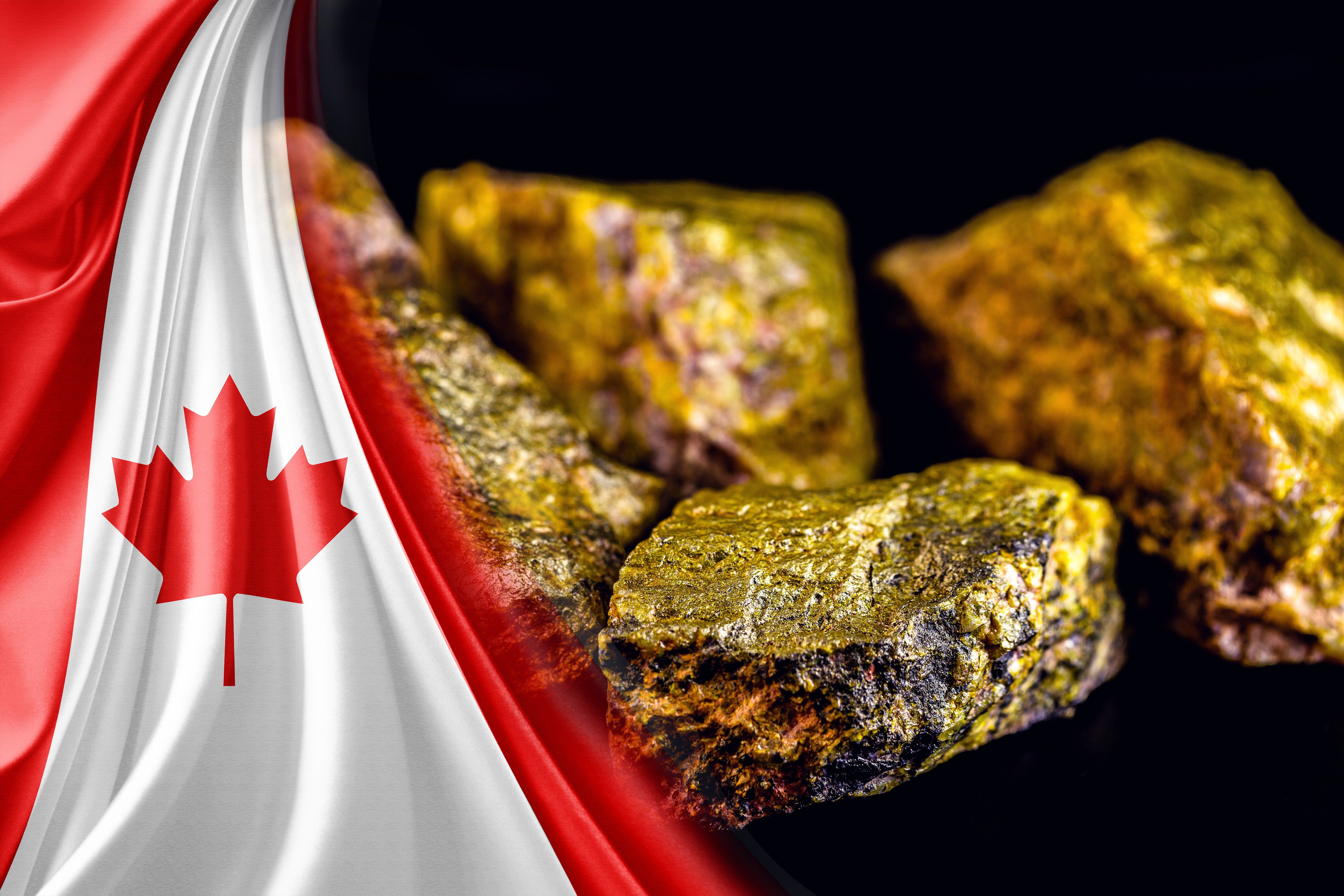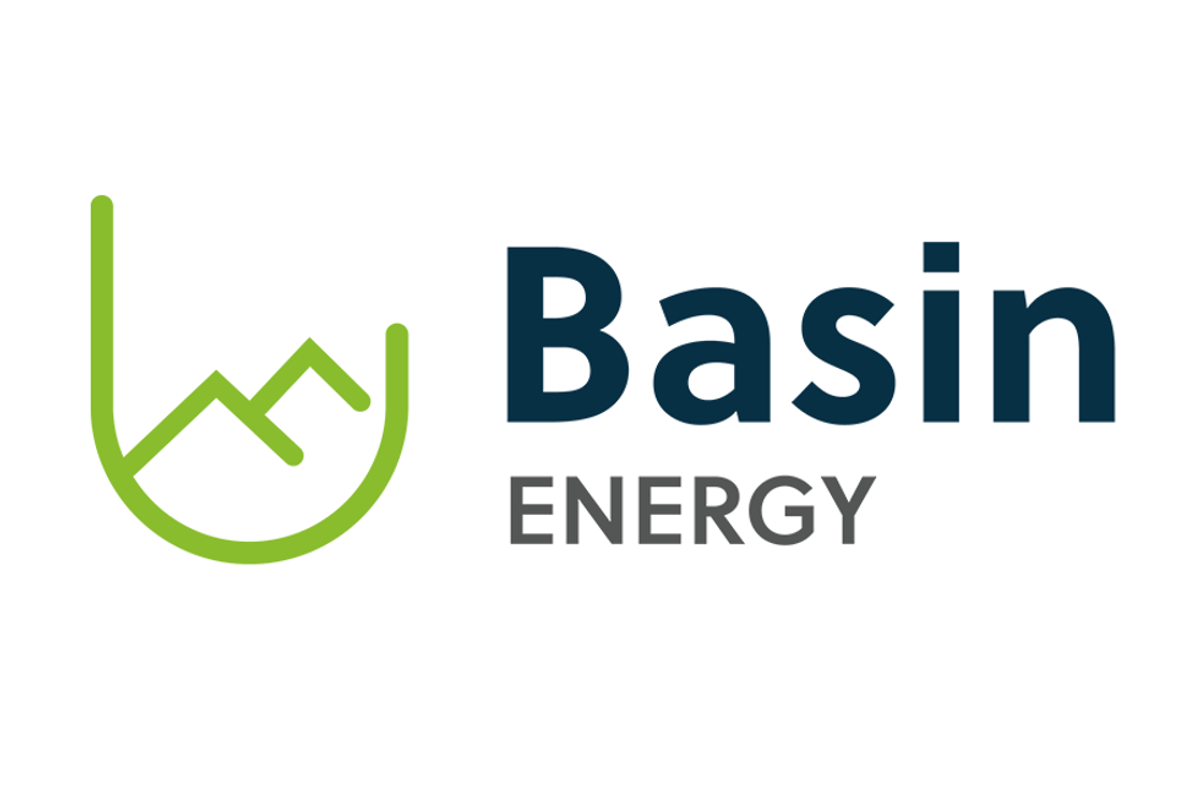
May 27, 2023
Energy Fuels Inc. (NYSE American: UUUU) (TSX: EFR) ("Energy Fuels" or the "Company"), a leading U.S.-based critical minerals company, announces the results of the election of directors at its annual meeting of shareholders (the "Meeting") held virtually on May 25, 2023.
The ten (10) nominees proposed by management for election as directors were elected by the shareholders of the Company, through a combination of votes by proxy and electronic poll, as follows:
About Energy Fuels:
Energy Fuels is a leading US-based critical minerals company. The Company, as the leading producer of uranium in the United States, mines uranium and produces natural uranium concentrates that are sold to major nuclear utilities for the production of carbon-free nuclear energy. Energy Fuels recently began production of advanced rare earth element ("REE") materials, including mixed REE carbonate and plans to produce commercial quantities of separated REE oxides in the future. Energy Fuels also produces vanadium from certain of its projects, as market conditions warrant, and is evaluating the recovery of radionuclides needed for emerging cancer treatments. Its corporate offices are in Lakewood, Colorado, near Denver, and substantially all its assets and employees are in the United States. Energy Fuels holds two of America's key uranium production centers: the White Mesa Mill in Utah and the Nichols Ranch in-situ recovery ("ISR") Project in Wyoming. The White Mesa Mill is the only conventional uranium mill operating in the US today, has a licensed capacity of over 8 million pounds of U3O8 per year, has the ability to produce vanadium when market conditions warrant, as well as REE products, from various uranium-bearing ores. The Nichols Ranch ISR Project is on standby and has a licensed capacity of 2 million pounds of U3O8 per year. The Company recently acquired the Bahia Project in Brazil, which is believed to have significant quantities of titanium (ilmenite and rutile), zirconium (zircon) and REE (monazite) minerals. In addition to the above production facilities, Energy Fuels also has one of the largest NI 43-101 compliant uranium resource portfolios in the US and several uranium and uranium/vanadium mining projects on standby and in various stages of permitting and development. The primary trading market for Energy Fuels' common shares is the NYSE American under the trading symbol "UUUU," and the Company's common shares are also listed on the Toronto Stock Exchange under the trading symbol "EFR." Energy Fuels' website is www.energyfuels.com.
UUUU
The Conversation (0)
29 May 2024
Energy Fuels
America’s Leading Producer of Critical Materials for the Clean Energy Transition
America’s Leading Producer of Critical Materials for the Clean Energy Transition Keep Reading...
23 May
Precious Metals & Critical Minerals Hybrid Investor Conference: Presentations Now Available for Online Viewing
Virtual Investor Conferences, the leading proprietary investor conference series, today announced the presentations from Precious Metals & Critical Minerals Hybrid Virtual Investor Conference held May 22 nd are now available for online viewing. VIEW PRESENTATIONS HERE The company presentations... Keep Reading...
16 May
Precious Metals & Critical Minerals Hybrid Investor Conference Agenda Announced for May 22nd
Virtual Investor Conferences, the leading proprietary investor conference series, today announced the agenda for the Precious Metals & Critical Minerals Hybrid Virtual Investor Conference. Individual investors, institutional investors, advisors, and analysts are invited to attend. This in-person... Keep Reading...
14 April
Western Uranium & Vanadium Corp. Announces Ore Purchase Agreement
Western Uranium & Vanadium Corp. (CSE: WUC) (OTCQX: WSTRF) (" Western " or the " Company ") is pleased to announce that the Company has entered into an Ore Purchase Agreement ("Agreement") with Energy Fuels Inc. (NYSE American: UUUU) (TSX:EFR). Western plans to commence hauling around the... Keep Reading...
05 December 2024
Energy Fuels and Madagascar Government Execute Memorandum of Understanding to Further Advance Toliara Critical Mineral Project in Madagascar
Energy Fuels Inc. (NYSE American: UUUU) (TSX: EFR) ("Energy Fuels" or the "Company"), a leading U.S. producer of uranium, rare earth elements ("REE"), and critical minerals, is pleased to announce that it has entered into a Memorandum of Understanding (the "MOU") with the Government of... Keep Reading...
05 December 2024
Energy Fuels and Madagascar Government Execute Memorandum of Understanding to Further Advance Toliara Critical Mineral Project in Madagascar
Energy Fuels Inc. (NYSE American: UUUU) (TSX: EFR) (" Energy Fuels " or the " Company "), a leading U.S. producer of uranium, rare earth elements (" REE "), and critical minerals, is pleased to announce that it has entered into a Memorandum of Understanding (the " MOU ") with the Government of... Keep Reading...
19 December
Ben Finegold: Uranium in 2026 — Price Outlook, Plus Stocks, Supply and Demand
Ben Finegold, head of research at Ocean Wall, shares his 2026 outlook for uranium supply, demand and prices, emphasizing that the nuclear energy story remains strong. While 2025 brought little movement in the spot price, he believes the stage is set for higher numbers. Don't forget to follow us... Keep Reading...
19 December
Denison, Skyharbour Finalize Saskatchewan Uranium Joint Venture Deal
Denison Mines (TSX:DML,NYSEAMERICAN:DNN) has closed a previously announced deal with Skyharbour Resources (TSXV:SYH,OTCQX:SYHBF) that repurposes a large block of uranium exploration ground surrounding Denison's flagship Wheeler River project in Northern Saskatchewan.The recent transaction... Keep Reading...
18 December
5 Best-performing Canadian Uranium Stocks of 2025
The uranium market moved through 2025 with less drama than the previous year, but the quieter tone masked a sector where supply is still tightening beneath the surface. After 2024’s surge to two decade highs, U3O8 prices traded in a narrower range in 2025, slipping to a low of US$63.71 per pound... Keep Reading...
18 December
Resource Expansion Drilling Confirms 3,000 metres of New Uranium Trends with Best Drill Hole of 1.4 GT over 7.6 metres
Resource expansion drilling of 50 holes completed at Lo Herma as planned yielding significant mineralised extensions over 3km to the north of proposed Mine Units 1 and 2. Drilling delivered AMU’s strongest intercept to date ahead of 2026 MRE and Scoping Study updates at AMU’s flagship Lo Herma ISR Uranium Project in Wyoming’s Powder River Basin.
American Uranium Limited (ASX:AMU, OTC:AMUIF) (American Uranium, AMU or the Company) is pleased to advise that 2025 resource expansion drilling at its Lo Herma ISR uranium project in Wyoming’s Powder River Basin (Lo Herma, the Project) has been completed according to plan with the drilling of 50... Keep Reading...
17 December
Completes phase one drilling and expands Sybella-Barkly
Basin Energy (BSN:AU) has announced Completes phase one drilling and expands Sybella-BarklyDownload the PDF here. Keep Reading...
17 December
Top 5 Uranium News Stories of 2025
Uranium prices stayed fairly steady in 2025, but experts agree its long-term outlook is compelling, Demand picked up from reactor restarts, new nuclear construction projects and growing interest in small modular reactors. Meanwhile, supply constraints continued as miners faced issues ramping up.... Keep Reading...
Latest News
Interactive Chart
Latest Press Releases
Related News
TOP STOCKS
American Battery4.030.24
Aion Therapeutic0.10-0.01
Cybin Corp2.140.00








